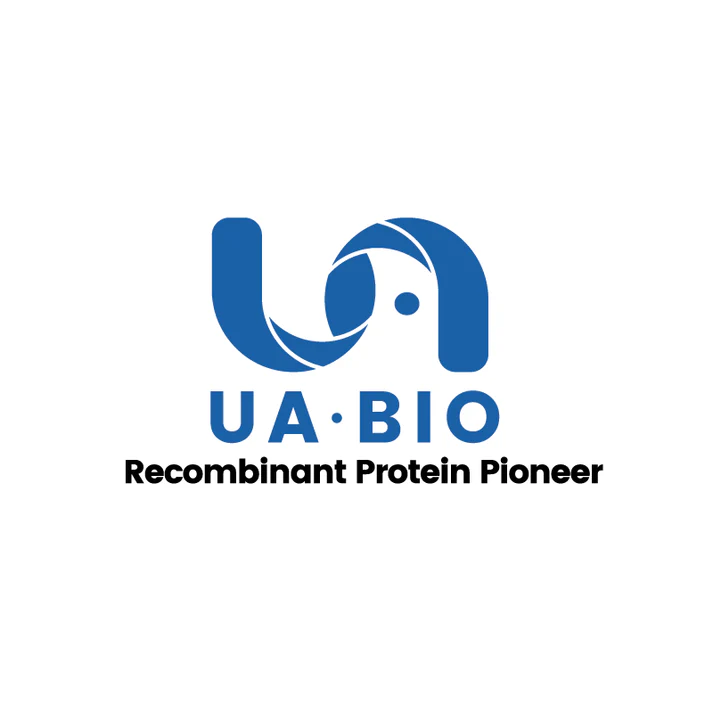2μg (R: reducing condition, N: non-reducing condition).
Product Details
Product Details
Product Specification
| Species | Mouse |
| Synonyms | IL-17A,Interleukin-17A,CTLA-8,IL-17,IL-17F,Interleukin-17F,Cytokine ML-1,IL17A&IL17F, |
| Accession | Q62386(IL-17A) 、Q7TNI7(IL-17F) |
| Amino Acid Sequence | Ala26-Ala158 (IL-17A) &Arg29-Ala161(IL-17F) |
| Expression System | HEK293 |
| Molecular Weight | 12-25 kDa (Reducing) |
| Purity | >95% by SDS-PAGE and HPLC. |
| Endotoxin | <0.1EU/μg |
| Conjugation | Unconjugated |
| Tag | No Tag |
| Physical Appearance | Lyophilized powder |
| Storage Buffer | PBS, pH7.4 |
| Reconstitution | Reconstitute at 0.1-1 mg/ml according to the size in ultrapure water after rapid centrifugation. |
| Stability & Storage | ·12 months from date of receipt, lyophilized powder stored at -20 to -80℃. |
| Reference | Annu Rev Immunol. 2009:27:485-517. |
Background
Interleukin-17A (IL-17A), also called cytotoxic T-lymphocyte-associated antigen 8 (CTLA8), and IL-17F are proinflammatory cytokines primarily secreted by activated T cells. Both cytokines can modulate the activities of NF-kappaB and mitogen-activated protein kinases, playing key roles in inflammatory signaling pathways. They are capable of stimulating the expression of IL6 and cyclooxygenase-2 (PTGS2/COX-2), while also enhancing the production of nitric oxide (NO). Both IL-17A and IL-17F exist in both glycosylated and nonglycosylated forms, which may affect their biological activities. These two cytokines often work in concert to amplify inflammatory responses in the body. Elevated levels of IL-17A and IL-17F are associated with various chronic inflammatory diseases. Such diseases include rheumatoid arthritis, psoriasis, and multiple sclerosis, highlighting their significance in pathological processes.
Picture
Picture
SDS-PAGE
RP-HPLC
>95% as determined by RP-HPLC.
ELISA
Immobilized IL-17A&IL-17F Heterodimer Protein, Mouse (Cat. No. UA040481) at 2.0μg/mL (100μL/well) can bind Human IL-17 RA / CD217 Protein, Fc Tag with EC50 of 0.21-0.24 μg/ml.


